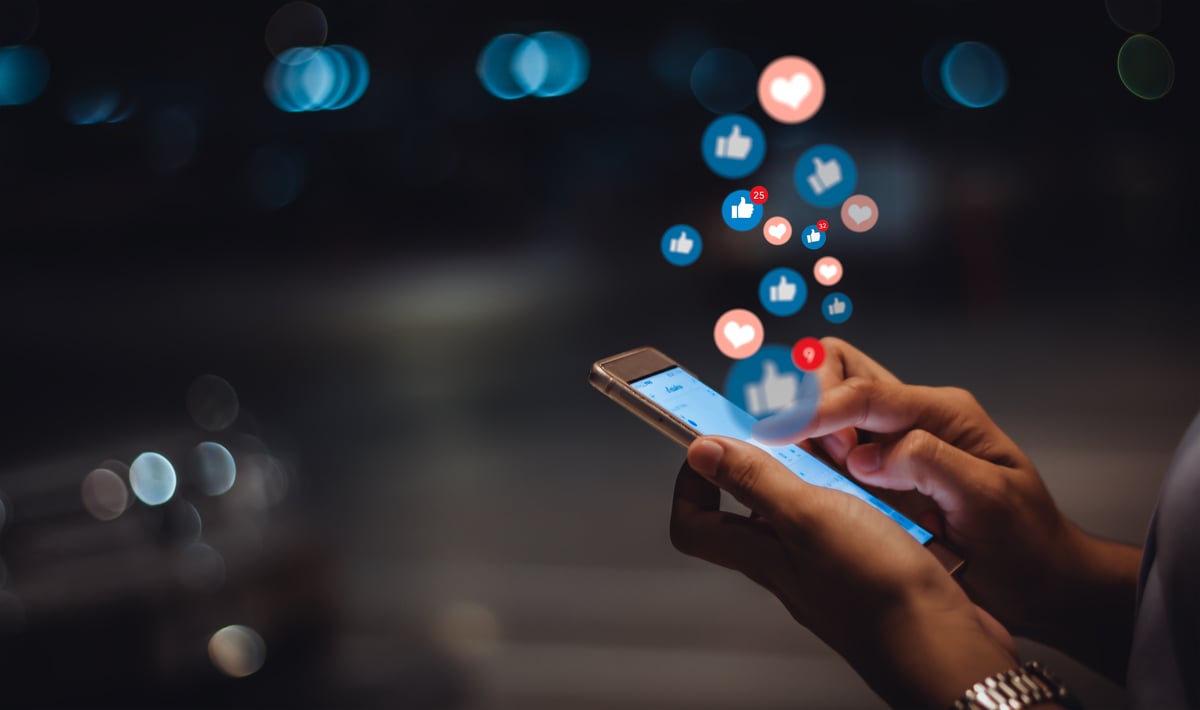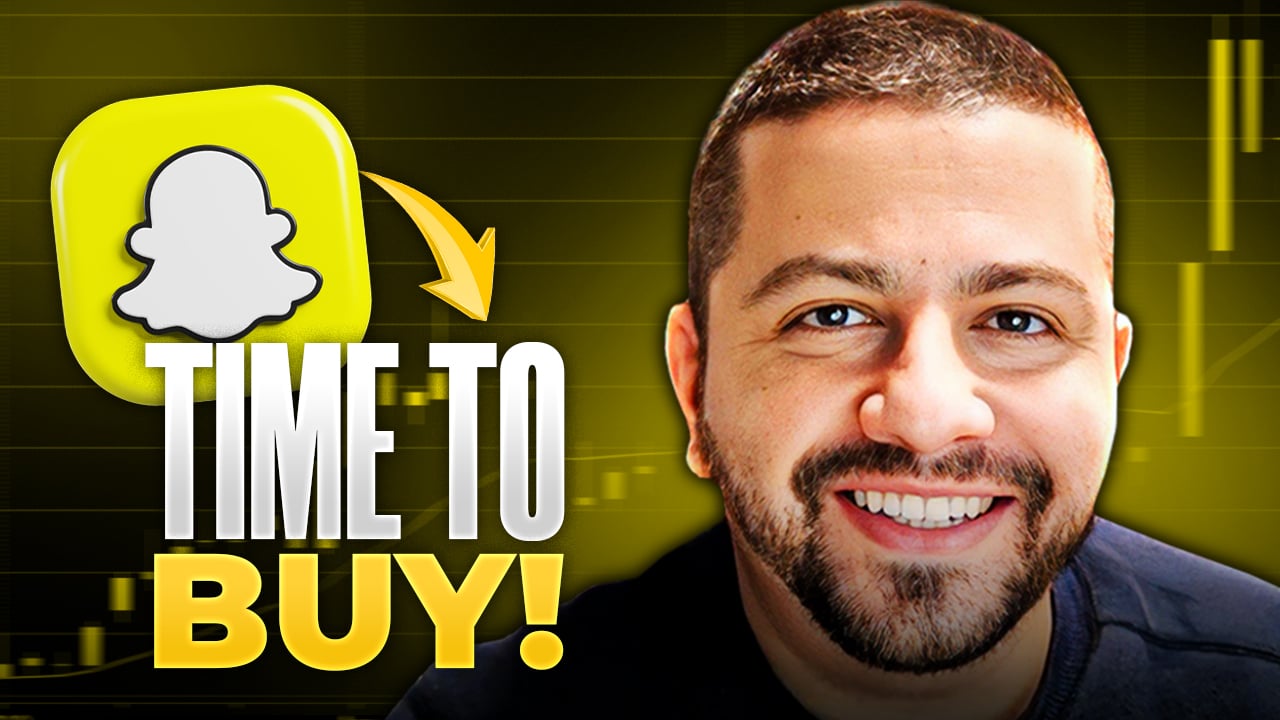Shares of Snap (SNAP 0.79%) soared following the release of the Snapchat operator's fourth-quarter earnings report, but the company is far from home free.
In this segment from Industry Focus: Tech, analyst Dylan Lewis and Motley Fool contributor Evan Niu discuss some of the key numbers from Snap's report, and then dig into the biggest red flags that the company still has to address, including its disastrous new redesign, seemingly diminishing interest from publishers, an exploding price-to-sales valuation, and more.
A full transcript follows the video.
This video was recorded on Feb. 23, 2018.
Evan Niu: They did report fourth-quarter earnings, and user numbers did come in better than expected. Daily active users is now 187 million. They did add nine million users during the quarter. That's certainly much better than people were expecting, and better than they've done over the past year. There's definitely some good news here. Most of those user gains are coming from improvements on the Android side, because Snapchat's Android app has long had performance issues and they've really been trying to make the performance better. Retention of new Android users trying Snapchat for the first time was up 20%, so they're definitely making some progress there.
Dylan Lewis: Looking at the financials for this business, in the most recent quarter, revenue came in at $286 million. That's up 72% year over year. If you look out at full-year 2017, the company pulled in just under $830 million. I know when they were doing their IPO roadshow, this number was floated, it's hard to know which side it came from, whether it was the bookrunners or Snap themselves, talking about this idea of maybe $1 billion in revenue in 2017. They're falling a little bit short of that, but you go back to the two most recent quarters and build that out, it was $500 million over the course of Q3 and Q4 for calendar 2017. So, they're getting closer to that, but they're still valued at 25 times sales as a business, especially given this most recent run-up. So, it's still a very rich business here.
Niu: [laughs] I mean, just the fact that I laugh out loud when you talk about their valuation metrics should tell you enough. I think this business is stupidly overvalued for what they're actually capable of doing and how young this company is and how much uncertainty there is.
And like you mentioned before in this episode, with Kylie Jenner this last week, the bigger issue is this big redesign at they're rolling out in the first quarter. There's been so much user backlash. There was a bunch of negative reviews, there was this hoax that went viral on social media, I'm not sure if you saw it because you were out traveling, but basically, someone on Twitter (TWTR +0.00%) tweeted this fake message saying, "If I can get retweets, Snapchat will go back to the way it used to be." And they got 1.2-1.5 million retweets. I mean, it's obviously a hoax, but obviously there's a lot of interest there. There's even a change.org petition that has 1.2 million signatures. And the other day, Kylie Jenner, who's one of the most popular Snapchatters, tweets that she doesn't use the app anymore, the stock goes down.
And perhaps more importantly, particularly financially, on the publisher side, yesterday, Maybelline tweeted that its Snapchat use has "dropped dramatically" following the redesign, and it's not sure if it wants to stay on, if Snapchat is the right platform to connect to its consumers and its customers. It asked its followers with a poll, "Should we stay on Snapchat or switch our focus to Instagram?" which means shifting, i.e., our ad budget. And 80% of respondents said Instagram. Those aren't really encouraging data points for Snapchat. Maybelline has since deleted the tweet and issued a statement saying, "Oh, that was just one employee, it doesn't reflect our views." The company's view is, Maybelline has a strong partnership with Snap, and a bunch of PR response. But, the broader point is, if this redesign is that universally hated among users, that's not going to be good for engagement or the business.
Lewis: There's some irony there in Kylie Jenner and Maybelline polling people or expressing sentiment on Twitter about Snap. There's something kind of funny about that. But, to go back to what you were talking about with publishers, there's a decision that anyone with an ad budget has to make, and it's, where am I going to get the most value for my dollars? And I think the concern both for Twitter and Snap for the longest time has been, it seems like Facebook and Google are better places for ad budgets, and marketers are seeing a better ROI on what they're spending there. And unless these platforms are able to convince marketers otherwise, they're going to have a really hard time retaining all of their customers that are buying up ads and helping find floors for these prices.
Niu: Exactly. When you talk about an ad business, it's all about your ability to target. Targeting ties into the relevance to the users, and that's all based on user data. That's why user data is so important to these businesses. If you think about Twitter and Snapchat, you don't put as much user data about yourself on those platforms as you do on Facebook or Google. So, I think there is a fundamental disadvantage there. How much information do you share with Twitter that they can use to target you with ads? Of course, there's some, but if you compare it to Facebook where you put so much information about yourself, it's not even close.






